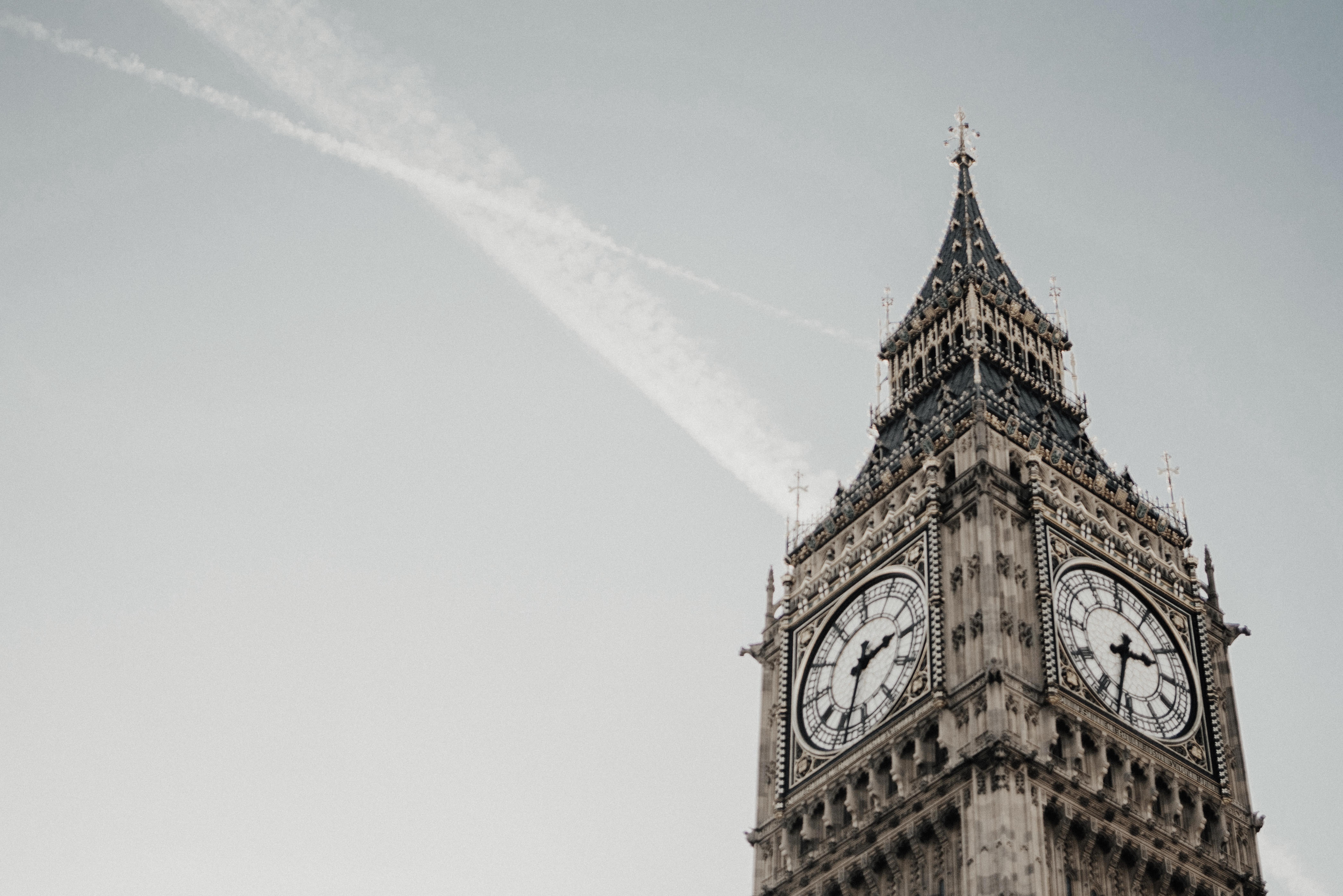Each quarter, Embark Beyond’s Founding Partner Jack Ezon publishes one of the most closely watched temperature checks in our industry with a trends report that blends complex data with frontline insights from advisors, hoteliers, and clients alike. The Q3 2025 edition pulls no punches: some destinations are soaring, others are stumbling, and the forces behind those shifts tell us as much about culture and psychology as they do about economics. Below, I’ve pulled out a few of the most striking regional stories as a reminder that in luxury travel, even the icons aren’t immune to change.
France Tops Italy: The Riviera’s Moment
For the first time in recent memory, the French Riviera has edged out Italy’s Amalfi Coast as summer’s reigning queen. St. Tropez and the surrounding Côte d’Azur weren’t just busy, they were magnetic, drawing spillover to Monte Carlo and Cannes as well.
Italy may still be buzzing, but the sticker shock has travelers looking elsewhere. This summer, many turned to France, where the Riviera’s beach clubs and effortless glamour delivered just as much sparkle—at a slightly gentler price. The surprise twist? France ended up wearing the crown as the season’s top destination, something that would have seemed unthinkable only a few years back.
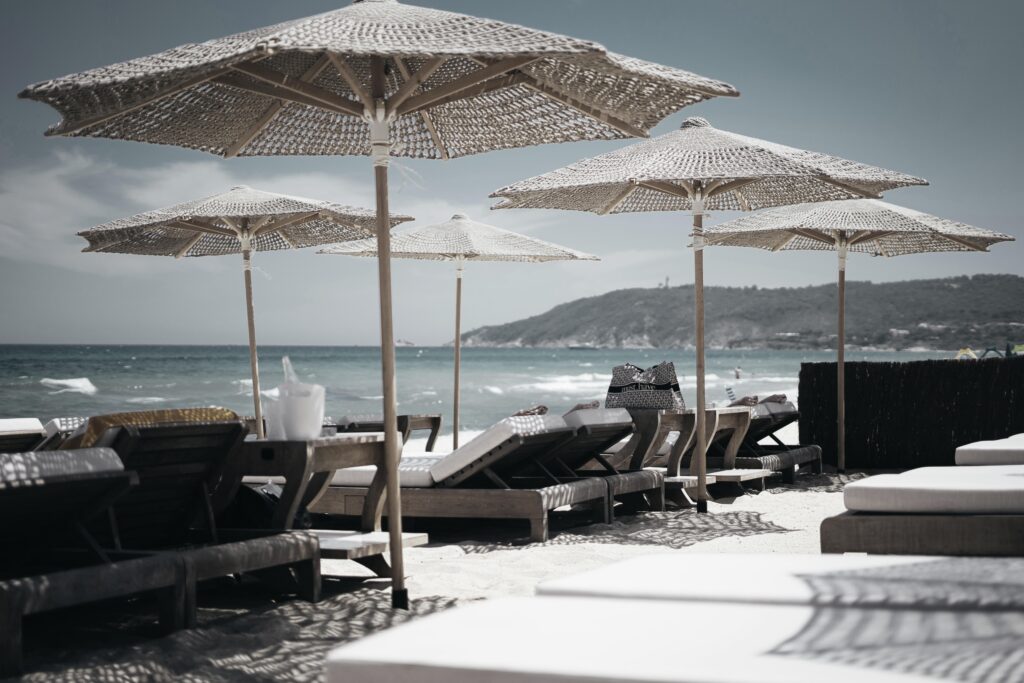
The Paris Effect: Unstoppable Energy
Paris has entered a golden streak. After the Olympic Games cleared last summer’s calendar, the city came roaring back, buoyed by blockbuster cultural programming, high-fashion moments, and even a boost from the global Taylor Swift phenomenon. Far from peaking, Paris seems to reinvent itself each season, making it the city du jour for affluent travelers. Whether it’s couture weeks, headline exhibitions, or a renewed dining scene, Paris is the rare destination where momentum keeps compounding.
I don’t know about swimming in the Seine, though. Would you? I do, however, highly recommend The Seine: The River that Made Paris by Elaine Sciolino. It’s an enchanting passage down the Siene – both historically and culturally – by the longtime New York Times correspondent.
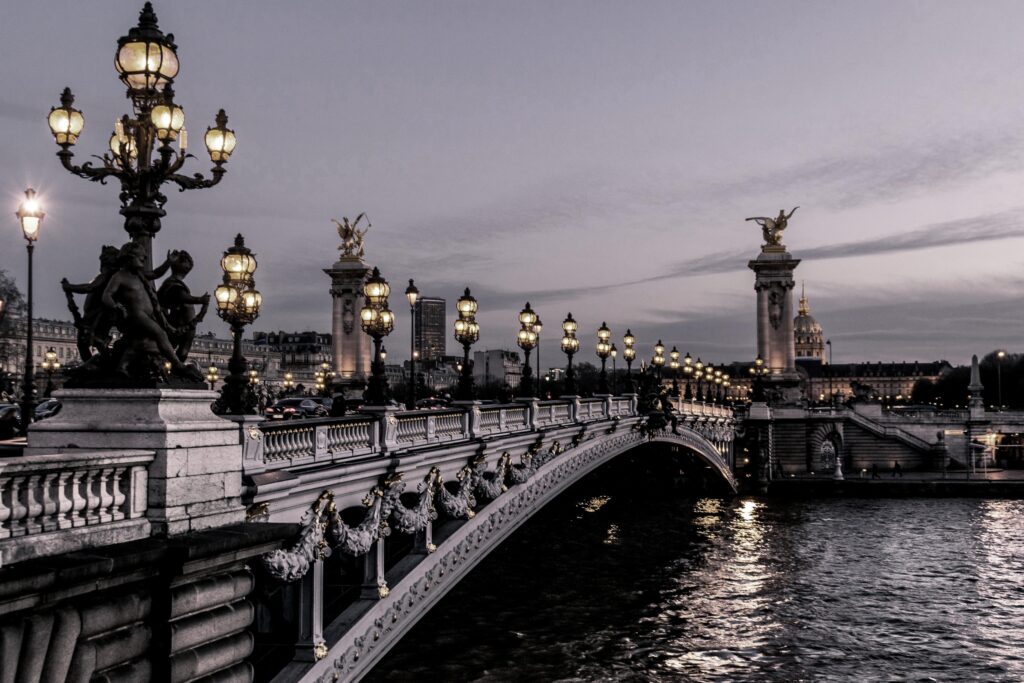
London’s Luxury Slump
Across the Channel, London strikes a more complicated note. The city’s enduring allure is undeniable, yet it finds itself caught in a headwind: corporate travel has thinned, VAT refunds—once the secret fuel of shopping binges on Bond Street—are gone, and a glut of luxury hotel openings has tipped the balance. Wimbledon lacked its usual shine this summer, and even Art Basel’s Paris chapter stole some of the spotlight. For a capital that thrives on international buzz, London feels unusually subdued.
It’s not that travelers aren’t coming at all, but they aren’t coming in the numbers or with the same appetite for indulgence.
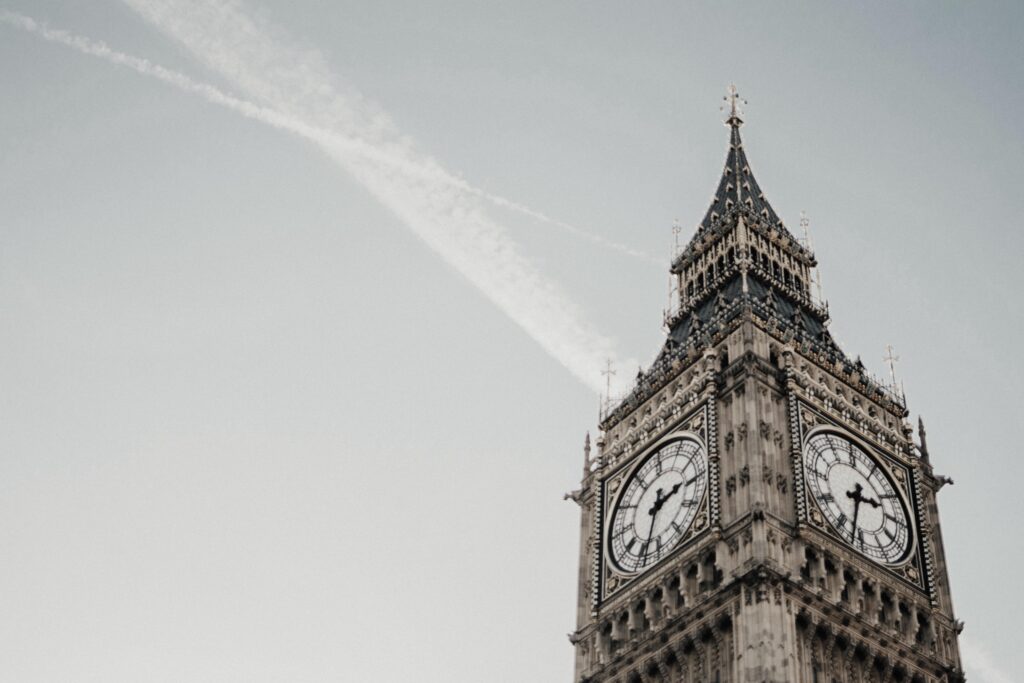
Greece: A Value Story in Disguise
At first glance, Greece looks like it’s slipping, with numbers down compared to its Mediterranean rivals. Yet in truth, this is more about repositioning. As Italy and France command eye-watering prices, Greece has emerged as the “value” luxury option: still dazzling, still sophisticated, but at rates that suddenly seem reasonable by comparison. For travelers who want island glamour without Côte d’Azur markups, Mykonos and beyond quietly deliver. Greece may be down, but it is hardly out.
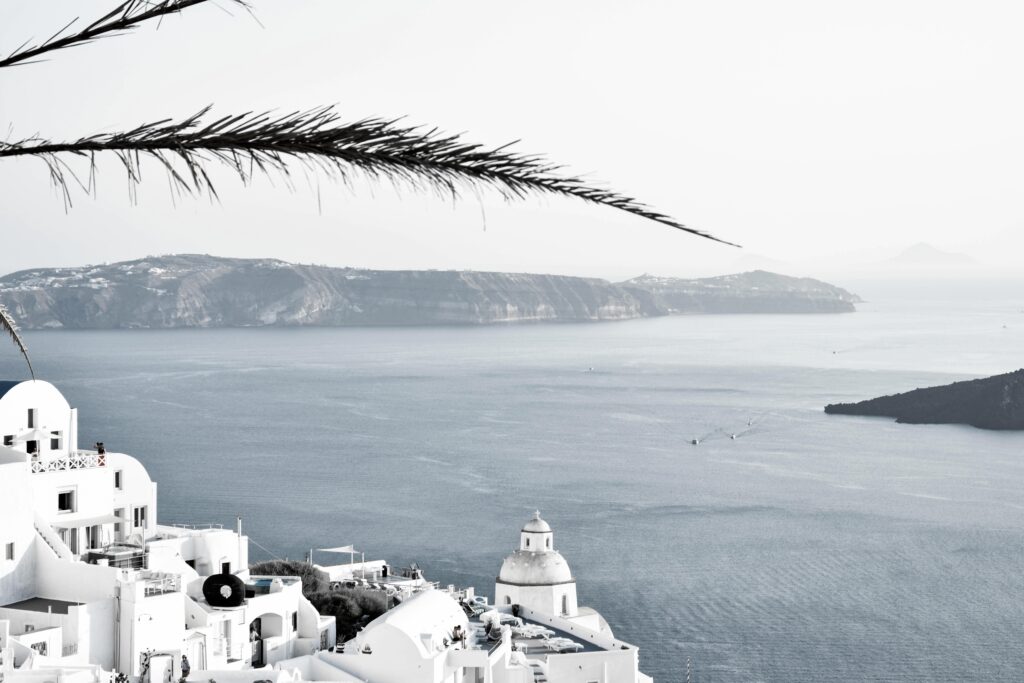
Botswana’s $10,000-a-Night Problem
Safari demand remains resilient, but Botswana — once the undisputed benchmark — is beginning to lose ground. Rates that edge towards $10,000 a night at some camps have proved a step too far, diverting clients to Kenya, Tanzania, and South Africa, where the experience is no less compelling. Botswana still offers incredible wilderness and exclusivity. Still, such sky-high pricing risks are moving from premium to prohibitive. In luxury, the distance between exclusivity and excess can be narrow.

The Takeaway
Luxury travel is never static; it shifts with perception, price, and cultural pull.
For both travelers and their advisors, the real advantage lies not only in knowing where to go, but why the timing matters.

